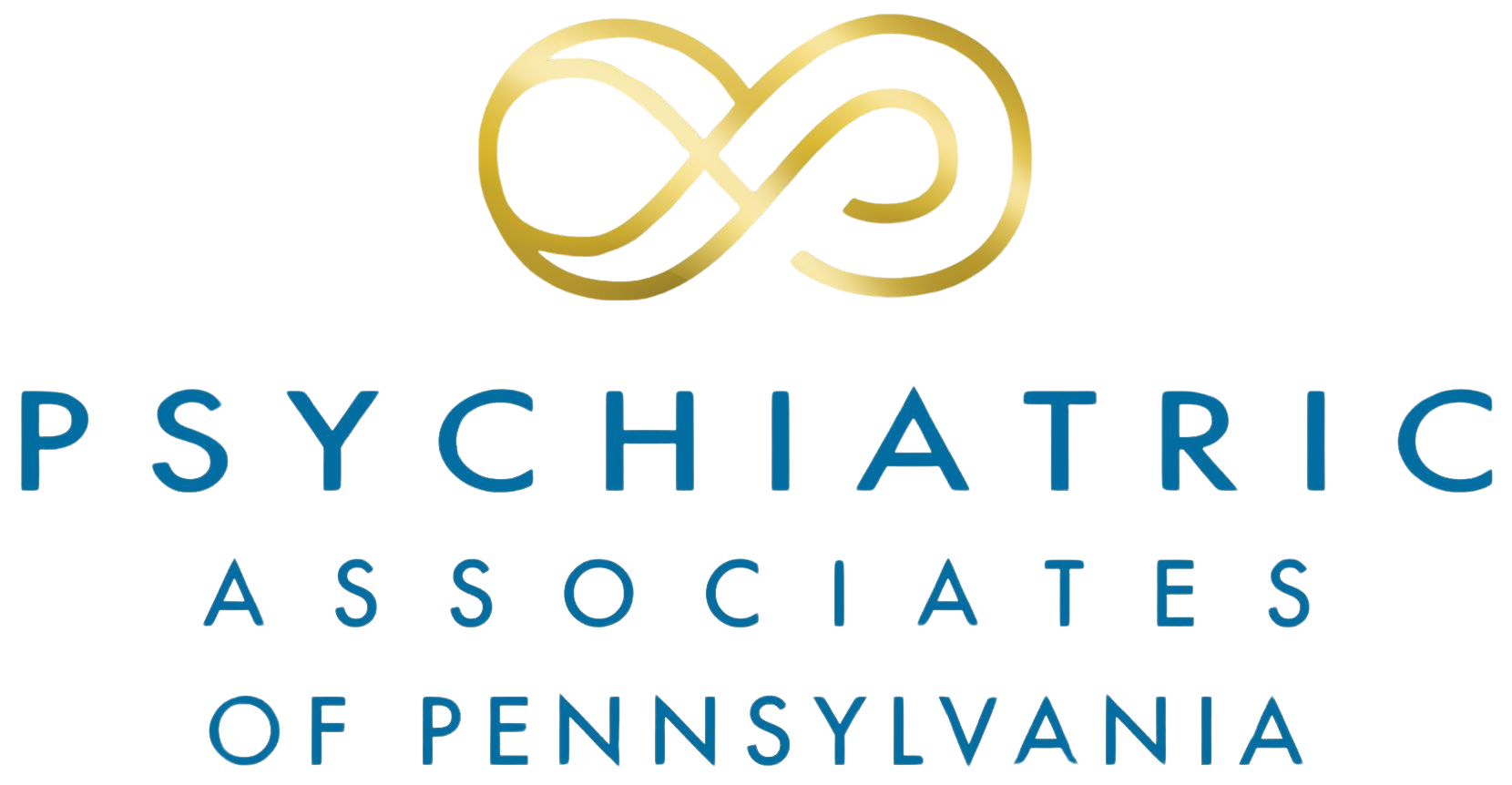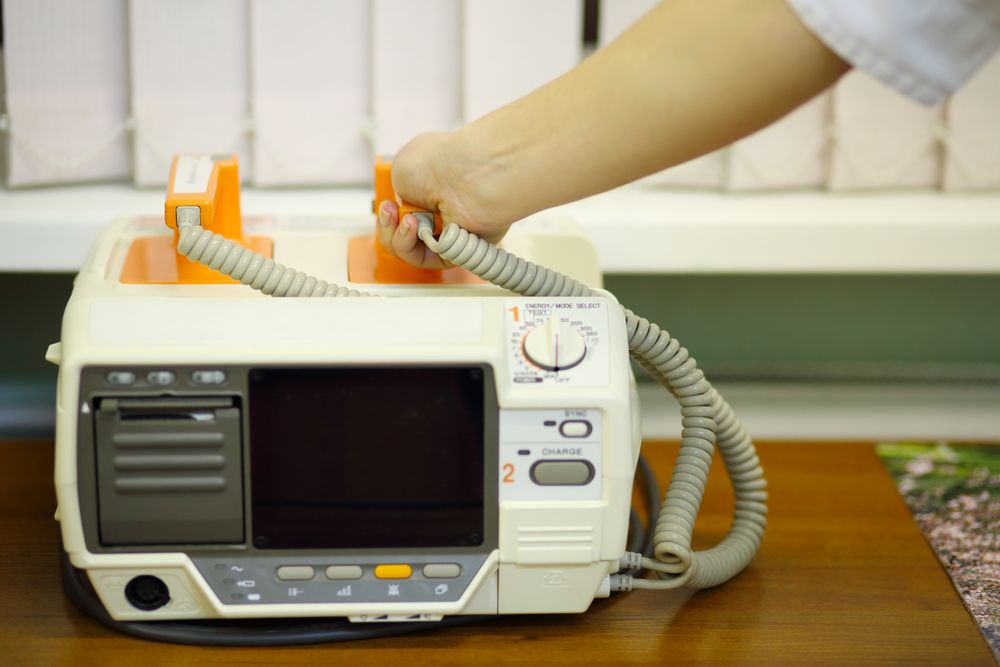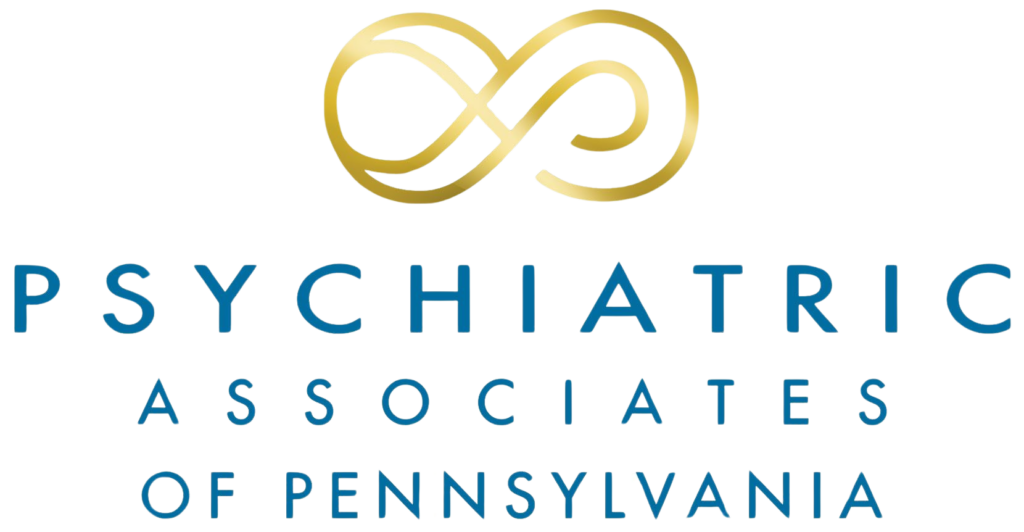Electroconvulsive Therapy, commonly known as ECT, is a well-established medical treatment for certain severe mental health conditions. At Psychiatric Associates of Pennsylvania in Narberth, PA, ECT is offered by a team of experienced clinicians as a safe and effective option when other treatments have not brought the desired results. ECT involves the controlled application of a small electrical current to the brain, intentionally triggering a brief seizure. Though this may sound intimidating, modern ECT is performed under general anesthesia in a highly controlled medical setting and is vastly different from outdated portrayals in media.
ECT is primarily used to manage severe depression, treatment-resistant mood disorders, and some cases of bipolar disorder and schizophrenia. For individuals who haven’t responded well to medications or psychotherapy, ECT can bring substantial relief. It’s especially critical in cases where the patient’s condition is urgent—such as severe suicidal ideation or catatonia—and fast improvement is essential.
How ECT Works and What to Expect
ECT typically involves a series of treatments administered over several weeks, often two to three sessions per week. Each treatment session is conducted in a hospital or clinic setting. Before the procedure begins, the patient is placed under short-acting general anesthesia and given a muscle relaxant to prevent any physical convulsions. Electrodes are placed on the scalp to deliver the electrical stimulation, which lasts for only a few seconds.
During the procedure, the induced seizure alters brain chemistry in ways that can quickly reverse symptoms of certain mental illnesses. Most patients begin to see improvement after a few sessions. Because ECT is performed under anesthesia and involves muscle relaxation, patients are unaware of the seizure and typically wake up with minimal discomfort—often just temporary confusion or mild headaches that resolve shortly after.
Who Might Benefit from ECT?
ECT is not a first-line treatment, but it is a powerful option for individuals who have exhausted conventional therapies. The clinicians at Psychiatric Associates of Pennsylvania consider a range of factors before recommending ECT, including the severity of the symptoms, the duration of illness, and the patient’s response to previous treatments. It is especially useful in the following cases:
- Major depressive disorder with suicidal thoughts or behaviors
- Treatment-resistant depression
- Bipolar disorder with severe depressive or manic episodes
- Catatonia (a state of immobility and unresponsiveness)
- Schizophrenia with prominent mood symptoms
Each patient undergoes a comprehensive evaluation to ensure ECT is a suitable and safe treatment path. The goal is always to improve quality of life while minimizing side effects.
Addressing the Stigma and Misconceptions
ECT often carries a stigma rooted in historical misuse and sensationalized portrayals in film and television. Today’s ECT bears little resemblance to those outdated images. The procedure is scientifically supported, FDA-approved, and closely monitored by psychiatric and medical professionals to ensure safety and efficacy.
One of the most common concerns patients have is memory loss. While ECT can cause some temporary memory issues—especially surrounding the time of treatment—most patients regain cognitive function shortly after treatment ends. The clinicians at Psychiatric Associates of Pennsylvania make it a priority to monitor and discuss any side effects with patients and their families to ensure transparent, informed care.
Personalized Care and Treatment Planning in Narberth, PA
At Psychiatric Associates of Pennsylvania in Narberth, patients considering ECT receive individualized care from a collaborative team of clinicians. The process begins with a full psychiatric and medical evaluation, including lab tests and imaging if necessary. The team works closely with patients, their families, and referring physicians to coordinate care and answer any questions before proceeding.
Follow-up is just as important as the treatment itself. After a course of ECT, patients may transition to maintenance treatments, medications, or psychotherapy to sustain their improvement. The clinicians here provide supportive care throughout the process, ensuring that patients feel empowered and informed every step of the way.
Is ECT Right for You?
Electroconvulsive Therapy is not for everyone, but for some, it can be life-changing. If you or a loved one are dealing with a severe mental health condition that has not improved with traditional treatments, ECT might be a viable option. At Psychiatric Associates of Pennsylvania, we prioritize compassionate, evidence-based care tailored to each person’s unique needs. Our Narberth-based team is here to guide you through the decision-making process with empathy, transparency, and expert clinical insight.
Resources
American Psychiatric Association. (2001). The Practice of Electroconvulsive Therapy: Recommendations for Treatment, Training, and Privileging. APA Press.
UK ECT Review Group. (2003). Efficacy and safety of electroconvulsive therapy in depressive disorders: A systematic review and meta-analysis. The Lancet.
Datto, C. J. (2000). Side effects of electroconvulsive therapy. Depression and Anxiety.



